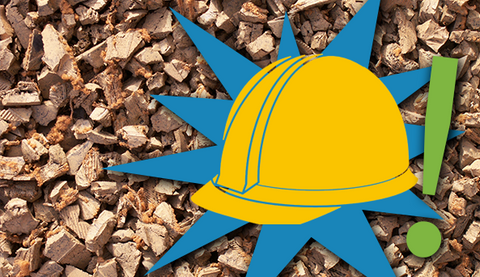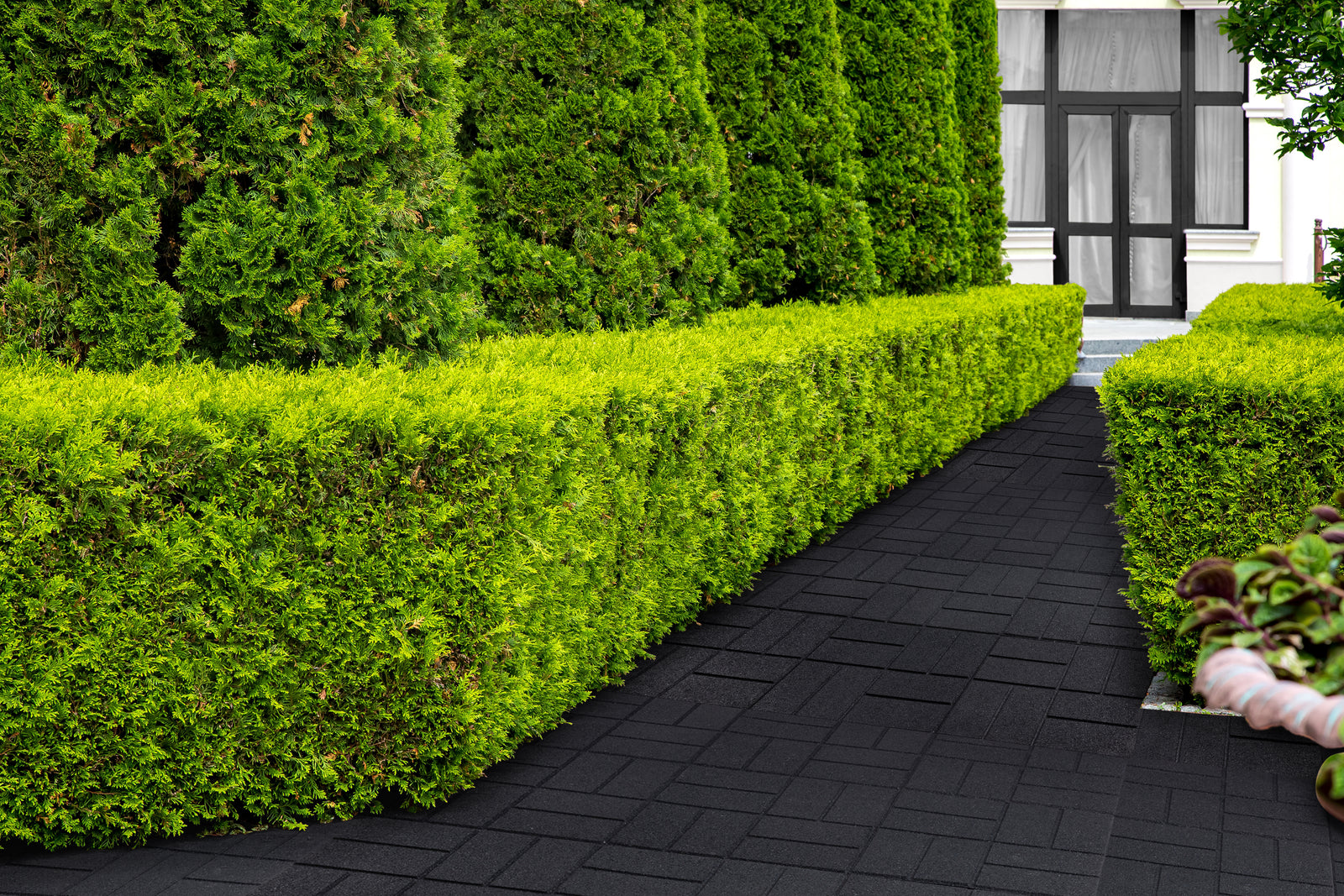October 09, 2023
Setting the Standard for Playground Protective Surfacing

What is the function of playground safety surfacing and how is it similar to a safety helmet?
Playground safety surfacing serves a role akin to a safety helmet but for playground environments. It acts as a protective layer on the playground, designed to cushion the impact and reduce the risk of injuries from falls. Just like a helmet protects the head from severe impact, playground surfacing is intended to safeguard children by absorbing and dispersing the force generated when they fall, thereby minimizing the likelihood of serious injuries.
How does ASTM F1292 standard contribute to playground surfacing safety?
ASTM F1292 is a critical standard in the field of playground surfacing safety. It establishes the safety benchmarks that protective surfacing must meet to be considered safe for playground use. The standard involves using a device that resembles a crash test dummy to measure the protective capabilities of the surfacing material. Two key metrics are used: G-max, which measures the initial impact force of a child falling onto the surfacing, and Head Injury Criteria (HIC), which evaluates the potential severity of the impact. These measurements help in determining the surfacing's effectiveness in reducing injury risk during falls.
What do the G-max and HIC measurements imply in the context of playground safety?
In the context of playground safety, G-max and HIC are crucial measurements for assessing the protective qualities of playground surfacing. G-max measures the maximum acceleration (or force) experienced during an impact, such as a child falling on the playground surface. The lower the G-max value, the better the surface is at absorbing impact. HIC, on the other hand, assesses the likelihood of a head injury arising from an impact. The values of 200 G's for G-max and 1000 for HIC are set as maximum limits in ASTM F1292, implying that the playground surface must not exceed these thresholds to ensure adequate safety.
Why is it important to choose playground surfacing with low safety ratings initially?
Choosing playground surfacing with initially low safety ratings (lower than the maximum limits of 200 G's for G-max and 1000 for HIC) is important for ensuring long-term safety. Playground surfaces tend to degrade over time due to wear and tear, weather conditions, and continuous use. Starting with a surface that has low G-max and HIC ratings provides a safety buffer. As the surface wears down, it will still likely remain within the safe limits for a longer period, thereby ensuring enduring protection against fall-related injuries.
How do the various options for playground surfacing differ and what should buyers consider?
The options for playground surfacing vary widely, catering to different needs and preferences. Choices range from cost-effective solutions like rubber mulch to more advanced systems like vulcanized interlocking tiles. Each type of surfacing offers unique benefits in terms of durability, maintenance, safety, and cost. When selecting playground surfacing, informed buyers should prioritize options that not only meet but exceed the safety standards of ASTM F1292. They should also consider factors like the surface's longevity, its maintenance requirements, and whether it comes with comprehensive warranties. These considerations help ensure that the chosen surfacing provides sustainable and reliable fall protection for children.

Also in Rubber Mulch Blog

Embracing Eco-Friendliness by Choosing Rubber Mulch for Your Playground
June 17, 2025
“Reuse, Recycle, and Reduce” are three main aims when it comes to preserving the health of our planet. Rubber mulch definitely falls within their scope. Conserving resources, energy efficiency, and better health for kids are all rubber mulch benefits.

Effective Mold and Fungi Prevention: The Hidden Value of Rubber Mulch
October 31, 2024

Create Your Own Sensory Path with Rubber Pavers
October 28, 2024
shop
Copyright © 2025 RubberMulch.com - All Rights Reserved.






